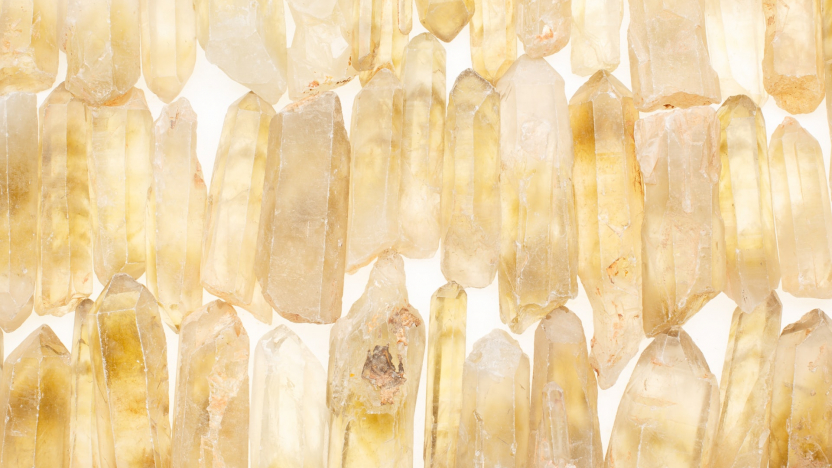Patent descriptions: T1742/19 and insufficient disclosure

A November 2022 decision by the Boards of Appeal of the European Patent Office addresses several issues relating to the sufficiency of disclosure in patent descriptions, as Stéphane Masi explains.
In T1742/19 (Pharmaceutical composition containing an anti-nucleating agent), the Boards of Appeal of the European Patent Office (EPO) considered various points relevant to sufficiency of disclosure in patent descriptions.
In particular, the Board found there to be insufficient description of two claims contained in European patent No. 1 819 323 relating to a certain quantity of a particular form (known as form 1), which comprised a potassium salt of formula A (A being an organic compound of the alkaloid type) mixed with a certain quantity of an anti-nucleating agent.
The problem before the court was whether it was possible to obtain the particular form, in this case a crystalline form, from the description set out in the patent text.
To obtain the crystalline form, the method disclosed in the patent described seeding a sample of ‘crystal seeds’ that had been already obtained and preserved. Obtaining crystal seeds was an essential germination step, therefore, but there was no description in the text of how to obtain the crystal seeds.
This lack of explanation did not escape the attention of the Board, which considered that there was not sufficient explanation in the text for a person skilled in the art to determine how to obtain the required crystal seeds.
Patent descriptions and the need for additional research
The patent owner had sought to argue on appeal that obtaining the initial crystal seeds was part of the knowledge of a person skilled in the art. In other words, someone who knows which solvent system to choose to obtain a particular shape. The patentee also called on evidence (document D11) cited during the opposition to demonstrate that seeding is only an optional step.
However, the Board disagreed, stating that the germination/seeding step is simply an invitation to the skilled person to undertake research to establish how to obtain the crystals of shape 1. It also found that document D11 did not adequately explain the process to render the seeding step optional.
In this ruling, therefore, the Board’s findings are consistent with previous case law of the Boards of Appeal, which found the necessity to undertake further research as evidence of the inadequacy of patent descriptions; for example, T0516/99, T0435/91 or more recently T1063/06.
In T1742/19, the Board also gave another interesting insight into the sufficiency of the description of the anti-nucleating agent, this time with a favourable opinion.
How to ensure complete patent descriptions
This decision shows once again the importance of close collaboration between inventors and qualified patent attorneys when creating patent descriptions in the pharmaceutical chemistry, biotechnology and other fields.
For support and advice on drafting and prosecuting European and national patent applications, please speak to your Novagraaf attorney or contact us below.
Stéphane Masi is a French and European Patent Attorney based at Novagraaf in France.